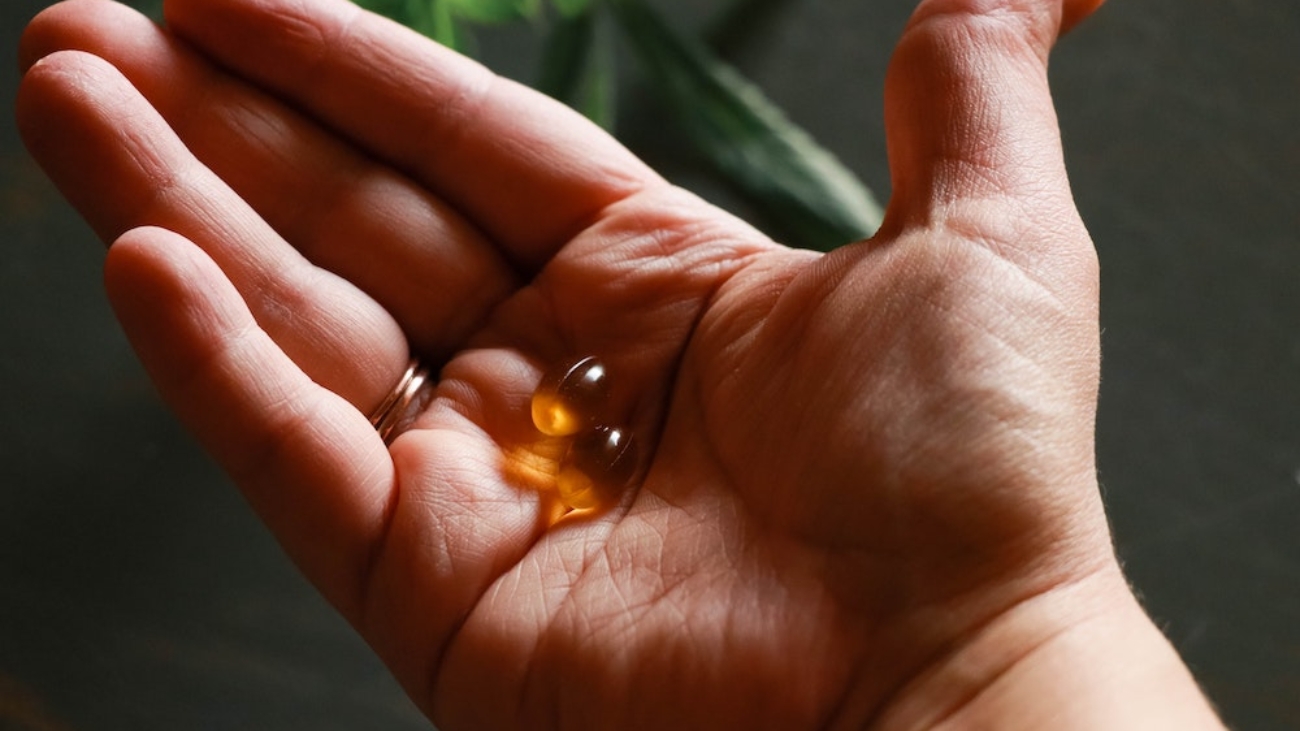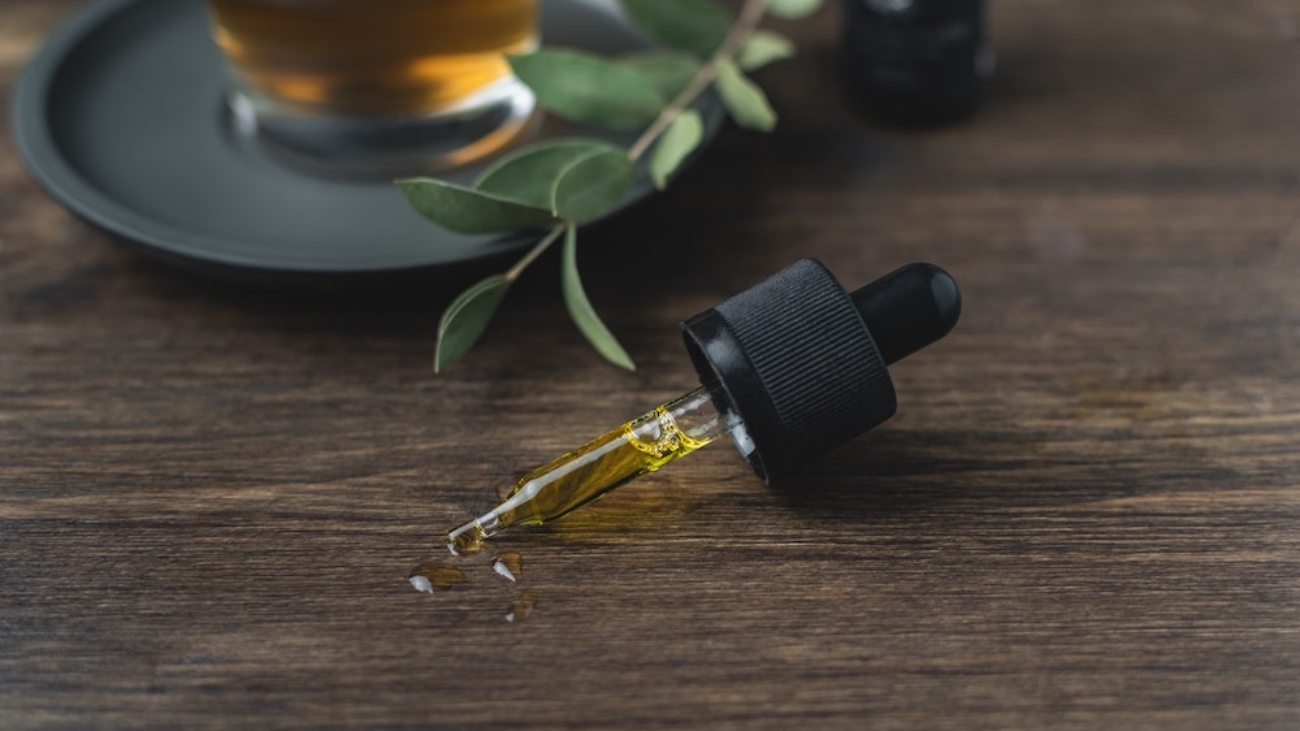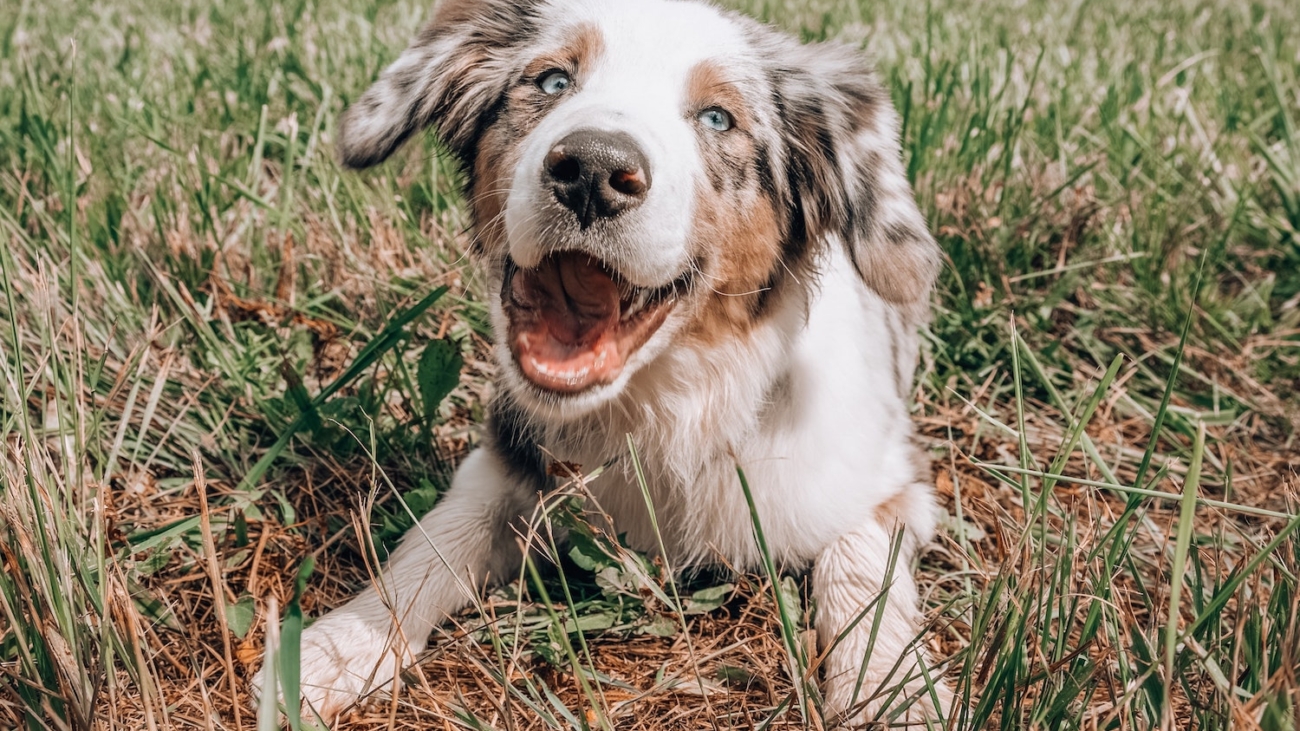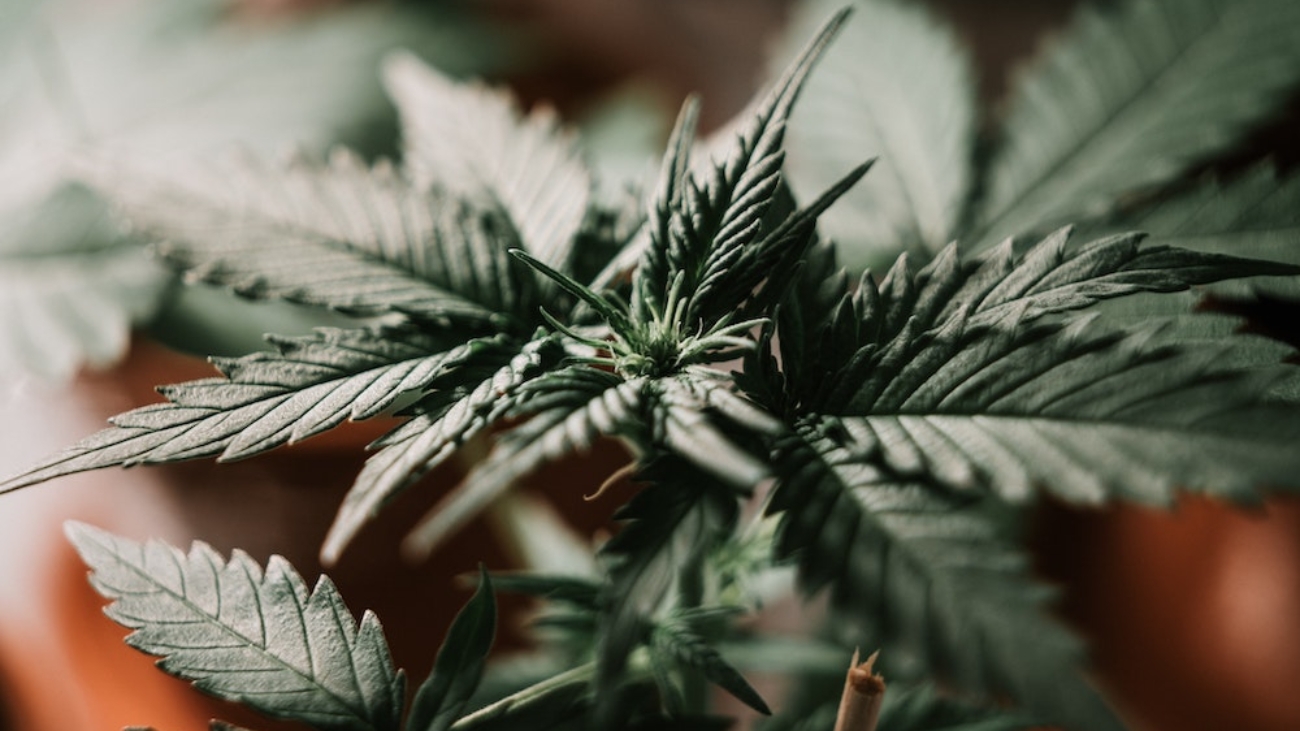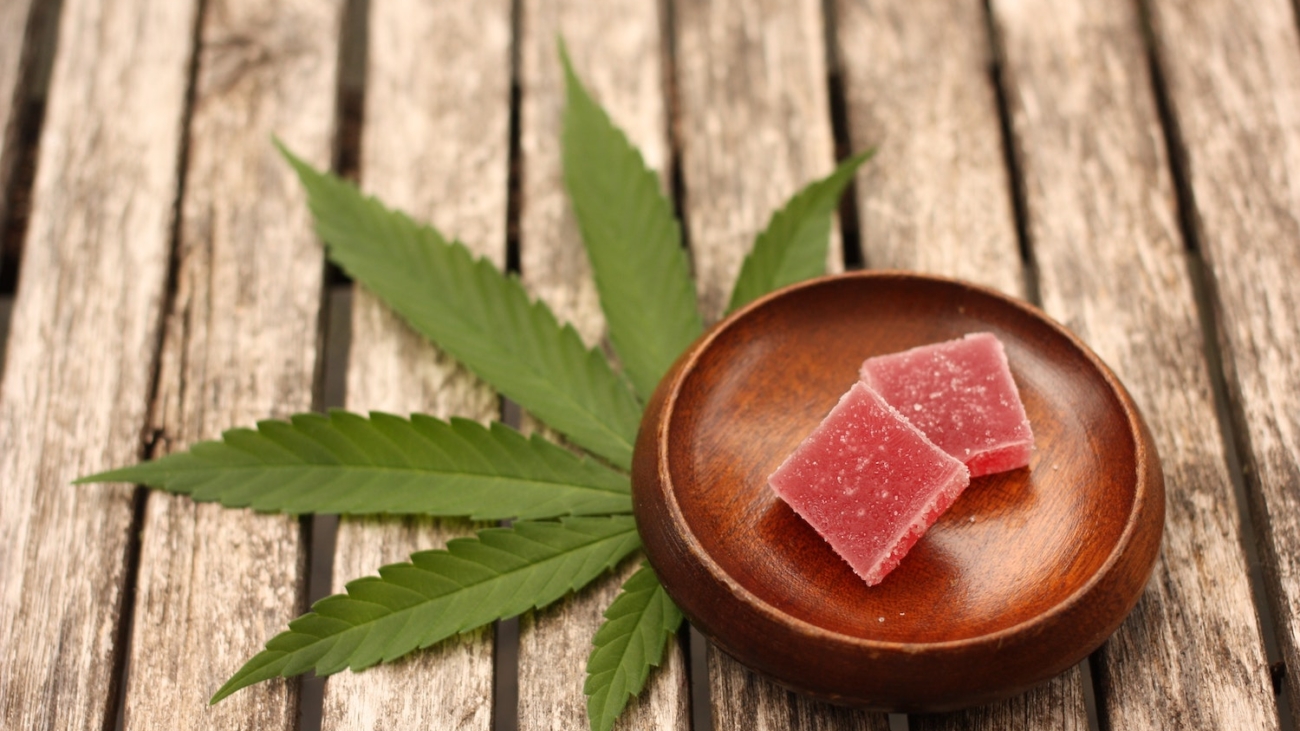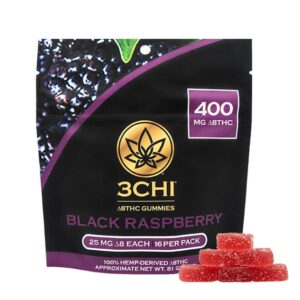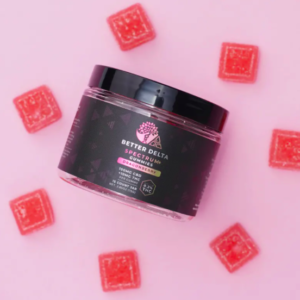Disclaimer: This content is provided for information purposes only: It does not represent legal advice, reflect the lawfulness of these cannabinoids or serve as an endorsement by Joy Organics. It is recommended to review both federal and state laws pertaining to the lawful sale of these and other cannabinoids.
There are thousands of cannabinoids in cannabis plants, but there is a growing understanding about the differentiations between them. Although all cannabinoids start off as CBGA (cannabigerolic acid), the enzymes in cannabis plants synthesize it into more commonly known forms that include CBD, THC, CBC, and CBDV.
Delta 9 is the form of THC that is first created, whereas Delta 8 is a result of its degradation. As Delta 9 oxidizes, it turns into the less potent Delta 8 form.
Delta 8 THC is often marketed as the form of THC that won’t get you high, but this can get confusing. Also referred to as the second face of THC, Delta 8 is an analog of the better-known Delta 9 THC. This means that it has close to the same molecular structure with just a subtle difference.
Referred to as a minor cannabinoid, Delta 8 only makes up about 0.01% of a hemp plant and must be extracted and concentrated to be readily available. In comparison, Delta 9 THC has been found in concentrations as high as 30%. This means that Delta 8 can be difficult to extract legally and must be derived in other ways.
Although they are nearly mirror images, there is a slight difference in the molecular structure of Delta 8 THC compared to Delta 9 THC. This difference in structure causes each cannabinoid to affect our bodies differently while also changing the stability of the chemical itself.
Delta 9 THC has a double bond on the 9th carbon chain, whereas Delta 8 has a double bond on the 8th carbon chain. As a result, Delta 8 has a more stable molecular structure than Delta 9, meaning it has a longer shelf life as well. This is because Delta 9 THC easily oxidizes and transforms into both cannabinol and Delta 8 THC, whereas Delta 8 THC does not oxidize. This molecular stability is a desirable trait when turning the cannabinoid into a ingestible compound.
When Delta 8 or Delta 9 THC is consumed, they interact with the endocannabinoid system in our bodies. The difference in where the double bond lies causes the chemicals to bond differently with the endocannabinoid receptors, consequently also producing different effects on the body.
The endocannabinoid system is responsible for maintaining homeostasis within our bodies, which is why some of the benefits of cannabis use include promoting sleep and soothing stiff muscles. Both forms of THC interact with the CB1 receptors found in our brains, which is why both forms still cause users to experience a high.
The difference in where the double bond lies in Delta 8 THC compared to Delta 9 THC changes the shape of the chemical, which makes a difference in how each cannabinoid interacts with the endocannabinoid receptors. As a result, it reduces the potency to about half that of Delta 9 THC. This is an important difference for new users to take note of.
The effects of Delta 8 THC vary depending on how it is taken. While the psychoactive effects have shown to be significantly less than those of Delta 9 THC when inhaled, this does not seem to be true when Delta 8 THC is taken as an edible. In other words, smoking Delta 8 THC might not get you high, but ingesting it certainly can. Of course, this is also dependent on the amount that is consumed. While the cognitive effects of Delta 8 THC can be felt at lower servings, increasing the serving size may also have a sedative effect.
A lack of education and understanding of the effects of Delta 8 THC alongside a rapidly growing, yet unregulated market has led to some serious health concerns and questionable products. However, Delta 8 THC is not a new discovery and has actually been studied extensively throughout much of the last century, and the potential benefits make it a substance worthy of further investigation.
Although Delta 8 THC is new to the modern market, it has been studied and experimented with for decades. It was discovered and studied back in the early 1940s, when organic chemist Roger Adams was the first to publish an article on the partial synthesis of Delta 8 THC.
Scientists studied how it differed from other cannabinoids and the effects it has on the human brain. In the 1960s, organic chemist Raphael Mechoulam achieved full synthesis of Delta 8 THC, while scientists at the University of Delaware worked on an extraction method that has been improved on over the years.
Aside from specially approved studies, research largely came to a halt in the United States when cannabis was made illegal under the Controlled Substances Act of 1970. However, research continued in other parts of the world. In the mid 1970s, findings from studies conducted on rats concluded that cannabinoids including Delta 8 THC, Delta 9 THC, and CBD proved safe for their immune system.
The 2018 Farmers Bill was a major step in differentiating the many cannabinoids found in cannabis from the psychoactive THC compound. The bill removed hemp and its derivatives containing less than 0.3% THC from the definition of marijuana as found in the Controlled Substances Act. An increase in studies on hemp and CBD quickly followed and a rapidly growing new market emerged.
Technically, Delta-8 THC is legal on a federal level in the United States. Although Delta-8 is a psychoactive THC compound, the way it is produced allows it to fall through some legal loopholes. Delta 8 THC can legally be extracted from hemp, but it must contain less than 0.3% Delta 9 THC, and it cannot be made synthetically.
The 2018 Farm Bill “legalizes industrial hemp that has a tetrahydrocannabinol (THC, the psychoactive component of marijuana) concentration of no more than 0.3% by removing it from Schedule I of the Controlled Substances Act.” This means that Delta 8 THC can be derived from hemp that contains less than 0.3% THC, and that Delta 8 THC products are legal as long as they contain less than 0.3% Delta 9 THC.
There are only trace amounts of THC in hemp plants, so companies who chose to use this production process often created much of the final product synthetically. However, the DEA clarified in 2020 that, “All synthetically derived tetrahydrocannabinols remain Schedule I controlled substances.” Products made this way are often of lesser quality while also walking a blurry legal line.
Delta 8 THC is not only a derivative of Delta 9 THC, but it is also an isomer of CBD. This means that the molecular composition of CBD simply needs to be altered to become Delta 8 THC. With CBD being naturally derived from hemp plants, this provides a more complicated, yet legal way of producing Delta 8 THC.
Delta 8 THC is primarily made in two ways: extracting Delta 8 and Delta 9 THC from hemp plants, letting the Delta 9 THC turn into Delta 8 THC; or by turning CBD into Delta 9 THC and then into Delta 8 THC.
The first method of turning Delta 9 THC into Delta 8 THC would be more efficient, except that remaining legally compliant would require it all to come from the trace amounts found in hemp plants. Extracting a usable amount of Delta 8 THC would be costly and highly inefficient, and the synthesizing that is required walks the still-blurry legal line.
The second method is to transform legally extracted CBD from hemp plants into Delta 8 THC through the process of isomerization. In this process, hemp plants are grown and harvested, and CBD is extracted from the raw plant material in the same manner used to produce CBD products. CBD is then dissolved in glacial acetic acid, which converts it into Delta 9 THC.
Within 72 hours, over half of the original CBD will have transformed and degraded into Delta 8 THC. This is then carefully refined and concentrated to remove any unwanted chemicals from the final product.
Delta 8 can offer a lot of great benefits, and one of the easiest and tastiest ways to take a regular serving is through gummies. By choosing an edible form of Delta 8 THC, we experience gradual, yet stronger and more prolonged effects.
When we eat Delta 8 gummies, our bodies break down the gummies and absorb the THC into the liver. The liver then transforms Delta 8 THC into 11-Hydroxy-THC, a form of THC that is significantly more potent. It can also absorb into the bloodstream easily to be more readily available than if the Delta 8 THC had been smoked or otherwise ingested.
When THC binds to receptors in the endocannabinoid system, it stimulates the enzymatic breakdowns that signals the body to regulate functions and maintain balance in the body. The endocannabinoid system helps to regulate functions in multiple other systems in our bodies, including the immune and nervous systems, which accounts for the slew of benefits that THC can offer.
The commonly reported benefits of eating Delta 8 gummies are similar to those from edibles containing Delta 9 THC, but there are few significant studies to properly outline its benefits.
For many people, Delta 8 has become a legal way to experience a range of potential benefits that cannabis has to offer. However, a quickly growing market alongside a need to produce Delta 8 THC synthetically has led to some less-than-quality products. New terms like “cannabis light” and “diet weed” created a consumer boom that led many cannabis companies to find new ways to produce products quickly.
Since Delta 8 is not yet regulated by the FDA, being mindful of specific labels and certifications allows us to ensure safety and efficacy by choosing quality products from trusted businesses. To ensure that the products you choose are produced ethically and to quality standards, check that they have the following credentials:
It is possible for Delta 8 to show up as a positive reading on a drug test. Although it falls through a legal loophole, it is still a form of THC and still reads as such.
When a substance is consumed, it gets metabolized by the liver, which is primarily in charge of detoxifying metabolites. As they pass through, traces of these metabolites remain in our blood, hair, lungs, saliva, and urine. Most common drug tests are made to detect the metabolites of certain drugs and substances.
Although Delta 8 THC has a reduced potency from Delta 9 THC, it is still stored in the body as it gets processed. For this reason, Delta 8 THC may show up on any of the following drug tests:
How long these residual traces can be detected depends on how much THC was consumed, which type of test is being taken, and each individual’s unique chemical makeup.
Residuals can commonly last anywhere from two days to several months. One of the most common types of drug tests in the workplace is the urine test, which, on average, detects Delta 8 THC for 30-60 days after consumption.
Delta 8 THC has recently made a splash in the cannabis industry. Whether it’s for the reduced psychoactive effects and paranoia as compared to Delta 9 THC, or the legal loophole that allows products to be sold on the hemp market, Delta 8 THC offers some unique advantages that were previously not available to many. As with any new product, always be sure to use trusted products and to proceed with caution to find the optimum serving for your specific needs.
